Introduction
Welcome to WellHealthOrganic.com, your go-to destination for holistic nutrition tips. Whether you’re a dedicated vegetarian or simply exploring plant-based eating, incorporating sufficient protein into your diet is essential for overall health and vitality. Fortunately, there’s a wide array of vegetarian protein sources available to suit every palate and dietary preference. In this comprehensive guide, we’ll delve into the world of plant-powered protein, exploring nutritious and delicious options to help you meet your protein needs while supporting your well-being. Let’s discover the diverse and flavorful world of vegetarian protein sources.
Understanding the Importance of Protein
Protein is a vital macronutrient responsible for building and repairing tissues, supporting immune function, and maintaining muscle mass and strength. While meat, fish, and poultry are traditional sources of protein, plant-based foods offer an abundance of protein-rich options that are also rich in fiber, vitamins, minerals, and antioxidants.
Exploring Vegetarian Protein Sources
- Legumes: Beans, lentils, chickpeas, and peas are excellent sources of plant-based protein. They are also rich in fiber, which aids digestion and promotes satiety. Incorporate legumes into soups, stews, salads, and wraps for a hearty and nutritious meal.
- Tofu: Tofu, made from soybeans, is a versatile and protein-rich ingredient commonly used in Asian cuisine. It absorbs flavors well and can be stir-fried, grilled, baked, or blended into smoothies for added protein.
- Tempeh: Tempeh is a fermented soy product that offers a nutty flavor and firm texture. It is a complete protein source, meaning it contains all nine essential amino acids. Use tempeh in sandwiches, salads, stir-fries, and grain bowls for a satisfying and nutritious meal.
- Seitan: Seitan, also known as wheat gluten, is a high-protein meat substitute made from wheat protein. It has a chewy texture and can be seasoned and cooked in various ways, making it a popular choice for vegetarian dishes such as stir-fries, sandwiches, and wraps.
- Quinoa: Quinoa is a gluten-free pseudo-grain that is rich in protein, fiber, and essential nutrients. It is a complete protein source and can be used as a base for salads, grain bowls, stuffed peppers, and breakfast porridge.
- Nuts and Seeds: Almonds, walnuts, pumpkin seeds, chia seeds, and hemp seeds are nutritious sources of plant-based protein, healthy fats, and essential nutrients. Enjoy them as snacks, add them to salads, oatmeal, or yogurt, or use them in homemade energy bars and granola.
- Plant-Based Dairy Alternatives: Plant-based milk, yogurt, and cheese alternatives made from almonds, soy, coconut, or oats are fortified with calcium and vitamin D and can be used as sources of vegetarian protein in smoothies, cereal, or baked goods.
Incorporating Vegetarian Protein into Your Diet
- Balanced Meals: Create balanced meals that include a variety of protein-rich vegetarian foods, whole grains, vegetables, and healthy fats to ensure adequate nutrition.
- Meal Prep: Prepare batch-cooked meals featuring vegetarian protein sources to enjoy throughout the week, such as bean chili, tofu stir-fry, or lentil soup.
- Protein-Packed Snacks: Keep protein-rich snacks on hand, such as roasted chickpeas, trail mix, nut butter with apple slices, or hummus with whole grain crackers, to satisfy hunger between meals.
- Recipe Exploration: Experiment with new recipes and cooking techniques to discover creative ways to incorporate vegetarian protein sources into your favorite dishes.
- Protein Supplements: Consider incorporating plant-based protein supplements such as pea protein powder, hemp protein powder, or brown rice protein powder into smoothies, shakes, or baked goods for an extra protein boost.
Tofu, Tempeh, and Edamame: Soybean Superstars
Soybeans take center stage in the world of plant-based protein, offering a trifecta of nutritious options: tofu, tempeh, and edamame. Tofu, with its soft and silky texture, serves as a canvas for a myriad of flavors, making it a staple in countless vegetarian and vegan dishes. Tempeh, on the other hand, boasts a firmer texture and nutty flavor profile, making it ideal for grilling, stir-frying, or crumbling into chili and tacos. Meanwhile, edamame, young soybeans in their pods, serve as a delightful snack or a vibrant addition to salads and stir-fries. Rich in protein, iron, and calcium, these soybean superstars are essential components of a well-rounded vegetarian diet.
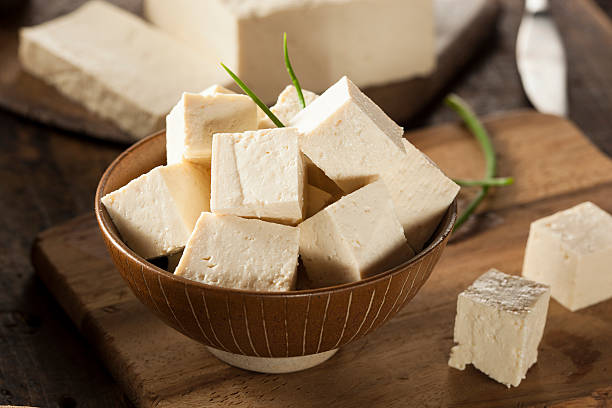
Lentils: The Versatile Legume
When it comes to versatility, lentils reign supreme in the realm of legumes. Whether you prefer red, green, or brown varieties, these tiny legumes pack a nutritional punch with each bite. With a robust flavor and hearty texture, lentils lend themselves well to soups, stews, salads, and curries, offering a substantial dose of protein along with fiber, folate, and other essential nutrients. Explore our collection of lentil-based recipes on WellHealthOrganic.com and discover creative ways to incorporate this powerhouse ingredient into your meal rotation.
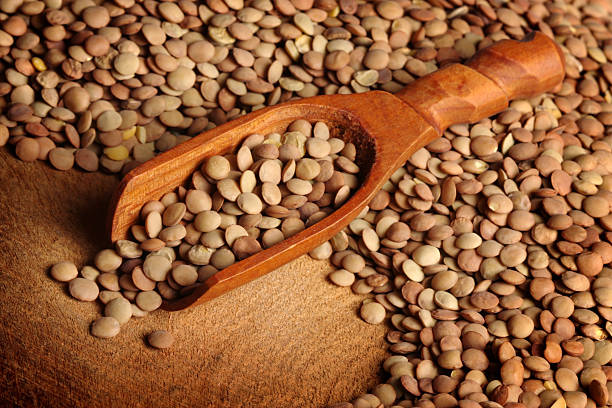
Beans: A Protein-Rich Pantry Staple
No vegetarian pantry is complete without an assortment of beans, and for good reason. Kidney beans, black beans, navy beans—each variety brings its own unique flavor and texture to the table, while offering a substantial source of plant-based protein. Whether you’re whipping up a batch of hearty chili, crafting veggie-packed salads, or molding flavorful bean burgers, beans serve as a versatile canvas for culinary creativity. Packed with protein, fiber, and an array of vitamins and minerals, beans are a must-have for anyone looking to nourish their body with wholesome, plant-based fare.
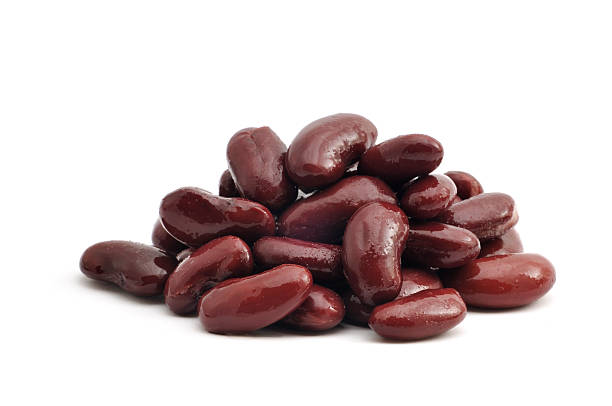
Chickpeas (Garbanzo Beans): The Mediterranean Marvel
Hailing from the Mediterranean region, chickpeas, also known as garbanzo beans, are a nutritional powerhouse beloved for their versatility and taste. Whether mashed into creamy hummus, crisped into golden falafel, or tossed into vibrant salads, chickpeas add a satisfying dose of protein, fiber, and flavor to any dish. Rich in folate, iron, and manganese, these legumes boast an impressive nutritional profile that supports overall health and well-being. Explore our collection of chickpea-centric recipes on WellHealthOrganic.com and elevate your culinary repertoire with the Mediterranean marvel that is chickpeas.
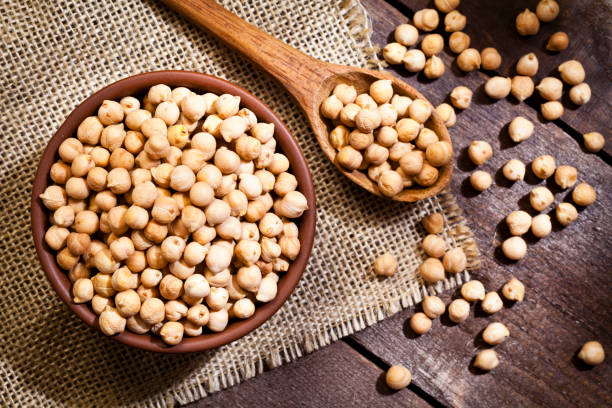
Quinoa: The Complete Protein
Quinoa, often hailed as a superfood, is a complete protein, meaning it contains all nine essential amino acids that the body cannot produce on its own. Native to the Andean region of South America, quinoa boasts a nutty flavor and delicate texture that pairs well with a variety of dishes. Whether served as a fluffy side dish, tossed into salads, or used as a base for hearty grain bowls, quinoa offers a nutrient-rich foundation for plant-based meals. Packed with protein, fiber, and essential nutrients like magnesium and iron, quinoa is a valuable addition to any vegetarian diet.

Nuts: Nature’s Nutrient-Dense Snack
In addition to being a convenient and satisfying snack, nuts are a nutrient-dense source of plant-based protein, healthy fats, and an array of vitamins and minerals. Almonds, peanuts, pistachios, cashews—each nut variety brings its own unique flavor profile and nutritional benefits to the table. Whether enjoyed on their own, sprinkled over salads, or blended into creamy nut butters, nuts are a versatile ingredient that adds texture, flavor, and nutritional value to a wide range of dishes. Explore our selection of nut-based recipes on WellHealthOrganic.com and harness the power of nuts to fuel your plant-based lifestyle.
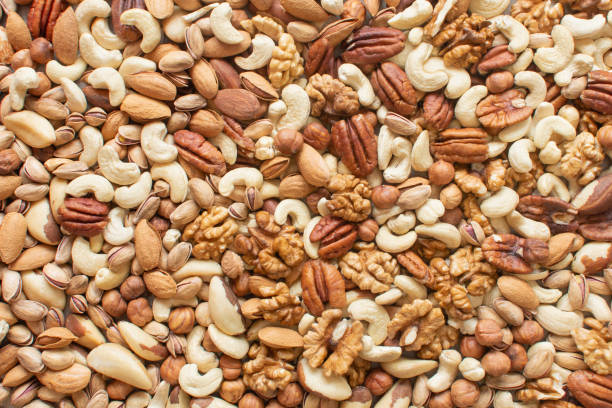
Common Vegetarian Protein Sources In Indian Households
1. Legumes: Beans, Lentils, and Peas
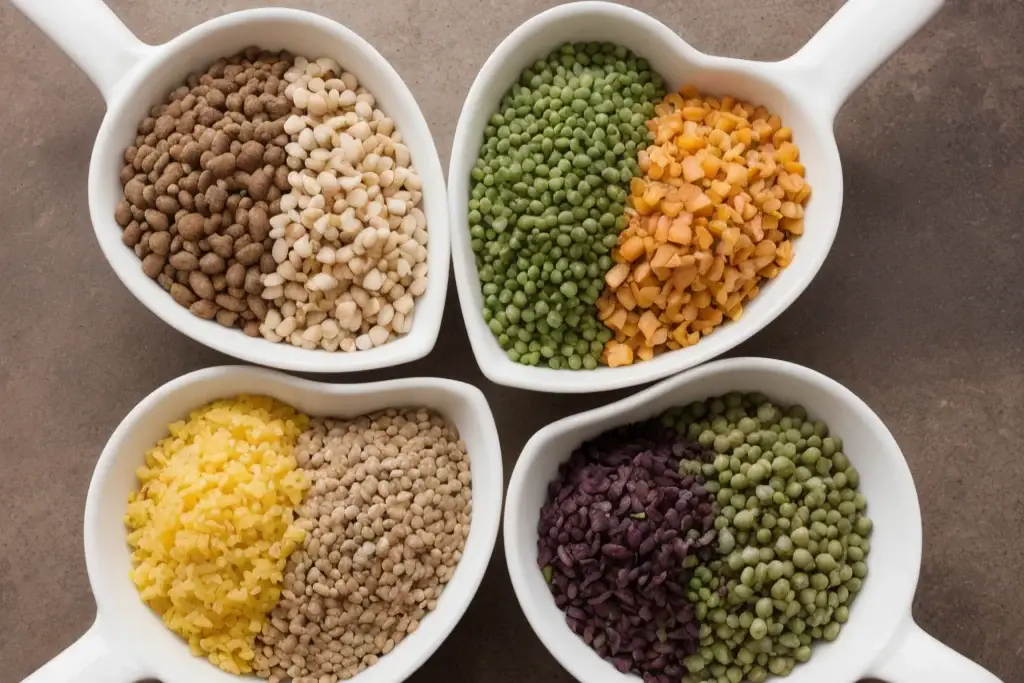
Legumes are a powerhouse of protein, fiber, and various nutrients.
Research published in the Journal of the Academy of Nutrition and Dietetics highlights legumes as not only a rich source of protein but also beneficial for our heart health and diabetes prevention.
Nutritional Profile of Common Indian Legumes: Vegetarian Protein Sources
| Item | Protein Content (per 100g) | Calories (per 100g) | Fiber Content (per 100g) | Important Micronutrient |
|---|---|---|---|---|
| Kidney Beans | 8.9g | 127 | 6.4g | Folate |
| Black Gram | 25g | 341 | 4.8g | Iron |
| Green Peas | 5g | 81 | 5.1g | Vitamin C |
| Chickpeas | 19g | 364 | 17g | Iron |
| Mung Beans | 24g | 347 | 16.3g | Folate |
| Red Lentils | 26g | 116 | 7.9g | Folate |
| Soybeans | 36g | 446 | 9.3g | Iron |
2. Quinoa: The Complete Protein

Unlike many plant proteins, quinoa seeds are considered a complete protein, containing all nine essential amino acids.
A study in the Journal of Current Opinion in Food Science points out quinoa’s protein quality and its role in improving the nutritional content of a vegetarian diet.
Nutritional Content of Quinoa: Vegetarian Protein Sources
| Nutrient | Amount per 100g |
|---|---|
| Protein | 4.4g |
| Calories | 120 |
| Fiber | 2.8g |
| Magnesium | 64mg |
| Iron | 1.5mg |
| Calcium | 17 mg |
3. Nuts and Seeds: Compact Nutrient Dynamos

Nuts and seeds are not only protein-rich but also provide healthy fats, vitamins, and minerals. Almonds, for example, offer around 6 grams of protein per ounce.
The Americal diabetes association notes that incorporating nuts into your diet can lower the risk of cardiovascular disease.
Nutritional and Health Benefits of Common Nuts and Seeds: Vegetarian Protein Sources
| Nut/Seed Type | Protein Content per 100g | Health Benefits |
|---|---|---|
| Almonds | 21.4g | High in Vitamin E, reduces heart disease risk |
| Walnuts | 14.6g | Rich in Omega-3, supports brain health |
| Pistachios | 20.5g | Lowers LDL cholesterol, good for heart health |
| Cashews | 17.4g | Magnesium-rich supports heart and liver health |
| Flaxseeds | 18g | High in Omega-3 fatty acids, anti-inflammatory |
| Pumpkin Seeds | 30g | Magnesium-rich, supports heart and liver health |
| Chia Seeds | 17g | High in fiber, promotes weight management |
4. Soy Products: Tofu, Tempeh, and Edamame

Soy products are versatile, high in protein, and can be great meat substitutes. Tofu, for instance, packs about 10 grams of protein per half-cup serving.
A report published in the American Journal of Clinical Nutrition supports soy’s role in a healthy vegetarian diet, emphasizing its nutritional benefits and versatility.
Wellhealthorganic Vegetarian Protein Sources:
Nutritional Profile and Benefits of Common Soy Products: Vegetarian Protein Sources
| Soy Product | Protein Content per 100g | Calories per 100g | Key Nutrients | Dietary Benefits |
|---|---|---|---|---|
| Tofu | 17g | 144 | High in calcium and iron | Supports bone health, good for heart health |
| Tempeh | 20g | 192 | Rich in protein and fiber | Aids digestive health, beneficial for muscle growth |
| Edamame | 12g | 121 | High in fiber, vitamin K, folate | Lowers cholesterol, may help in blood pressure management |
5. Dairy Products: Cheese, Yogurt, and Milk

For lacto-vegetarians, dairy products are a significant protein source. Greek yogurt can contain up to 20 grams of protein per cup.
Research published in the journal Nutrients outlines the role of dairy in providing high-quality protein and essential nutrients.
Nutritional Profile of Common Dairy Products: Cheese, Yogurt, Buffalo Milk, Cow Milk and Goat Milk: Vegetarian Protein Sources
| Dairy Product | Protein Content per 100g | Calories per 100g | Key Nutrients | Health Benefits |
|---|---|---|---|---|
| Cheese | 25g | 429 | High in calcium, phosphorus, Vitamin B12 | Supports bone health, and may lower blood pressure |
| Yogurt | 3.5g | 61 | Rich in calcium, probiotics, Vitamin B2, Vitamin B12 | Supports digestive health, boosts immune system |
| Buffalo Milk | 4.3g | 117 | Higher in fat, calcium, and protein than cow milk | Supports bone strength, more beneficial for growth |
| Cow Milk | 3.2g | 67 | High in calcium, Vitamin D, potassium, Vitamin B12 | Supports bone health, may lower blood pressure |
| Goat Milk | 3.3g | 72 | High in calcium, phosphorus, and essential fatty acids | Supports digestive health, enhances nutrient absorption, often easier to digest than cow’s milk. |
Conclusion
Vegetarian protein sources offer a wealth of nutritional benefits and culinary versatility, allowing you to nourish your body with delicious and wholesome foods. By embracing plant-powered protein, you can enjoy a diverse and satisfying diet while supporting your health and well-being. Visit WellHealthOrganic.com for more tips on plant-based nutrition and holistic wellness.
